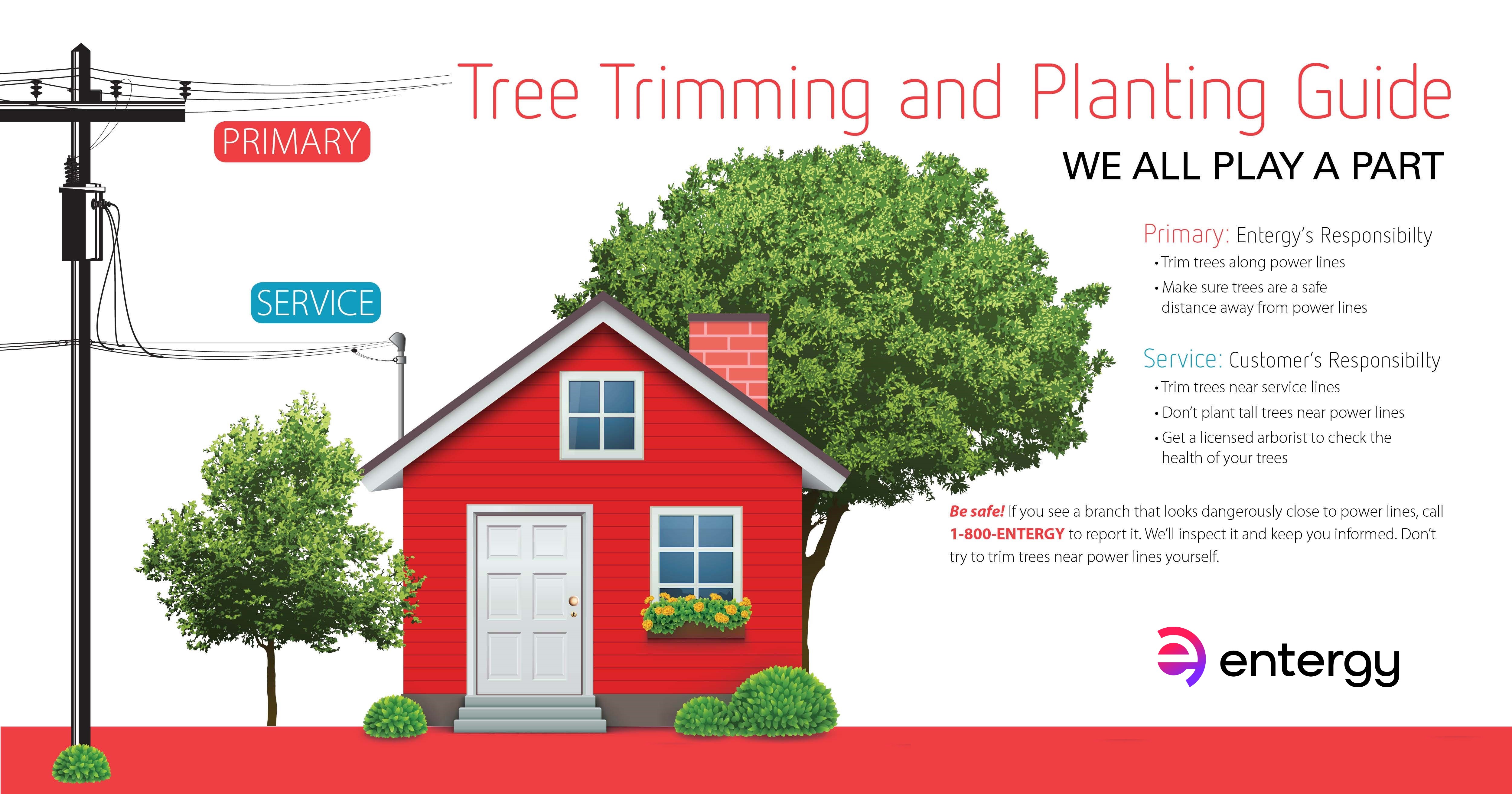Post-Tree Removal Treatment: Efficient Approaches For Landscape Remediation
Post-Tree Removal Treatment: Efficient Approaches For Landscape Remediation
Blog Article
Author-Berman Deal
After a tree's elimination, your landscape may look quite different, and it's essential to analyze the results carefully. You'll wish to examine the dirt disturbance and check bordering plants for any indications of stress. Disregarding these factors can result in bigger issues down the line. So, what should you finish with those stumps and roots? And exactly how do you select the most effective plants for your rejuvenated area? Let's explore these crucial steps.
Assessing the Aftermath: Assessing Your Landscape
After a tree elimination, it's essential to evaluate your landscape to recognize the impact it carries your yard.
Beginning by analyzing the area where the tree stood. Search for indicators of soil disturbance, and inspect the surrounding plants for any kind of stress and anxiety or damage.
You need to additionally bear in mind of how the removal has altered sunshine direct exposure and air flow in your yard. This change can impact the development of nearby plants, so it's vital to review their health.
Take into consideration the visual aspects as well; the removal might produce an open space that you can revamp.
Ultimately, think of any type of potential disintegration problems that might arise from the tree's lack. Dealing with these factors early will assist restore balance to your landscape.
Dealing With Stumps and Roots: Options for Elimination
Once you've assessed the after-effects of the tree removal, you'll likely need to tackle the stump and roots left behind.
You have a few alternatives for removal. One effective method is stump grinding, where a specialist utilizes a maker to grind the stump down to underground degree. This approach leaves minimal disturbance to your landscape.
If you prefer a DIY method, you can make use of a combination of digging and chemical stump cleaners. Just remember, this procedure can require time and initiative.
Conversely, think about leaving the stump as a natural feature, which can work as an unique garden aspect or environment for wildlife.
Whatever you select, resolving the stump and roots is important for recovering your landscape.
Picking the Right Plant Kingdoms for Your New Area
As you examine your recently gotten rid of room, picking the right plants can substantially boost your landscape's appeal and functionality.
Begin by thinking about the sunlight and soil problems. For bright areas, select drought-resistant plants like lavender or succulents. In shaded spots, ferns and hostas flourish well.
Think of the dimension and growth behaviors of your plants; mix perennials and annuals for seasonal range. Don't forget to integrate indigenous types; they need much less upkeep and assistance neighborhood wild animals.
Team plants in weird numbers for a more all-natural look and produce layers for aesthetic depth.
Finally, guarantee you have a mix of colors and structures to keep your landscape lively throughout the periods.
Pleased growing!
Final thought
In conclusion, restoring your landscape after tree removal is a gratifying process. By assessing the consequences, addressing stumps and origins, and picking the right plants, you'll create a successful setting. Do not neglect to incorporate https://beckettzpfwm.answerblogs.com/35505358/the-vital-overview-to-stump-grinding-techniques-advantages-and-costs to protect your dirt. With have a peek at this website and care, you can change your area into a dynamic yard that enhances your home. Embrace the possibility to rejuvenate your landscape and delight in the charm of nature right in your backyard!
